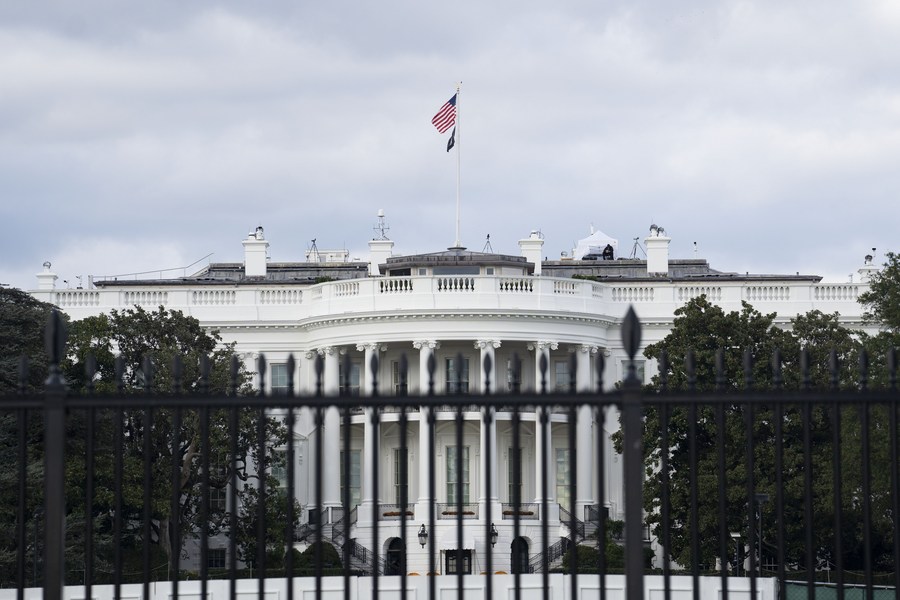Biden signs executive order on cryptocurrencies, places urgency on research of digital dollar
 0 Comment(s)
0 Comment(s) Print
Print E-mail Xinhua, March 10, 2022
E-mail Xinhua, March 10, 2022

U.S. President Joe Biden on Wednesday signed an executive order calling on the whole government to examine the risks and benefits of cryptocurrencies, placing great urgency on the research and development of a possible digital U.S. dollar.
"Digital assets, including cryptocurrencies, have seen explosive growth in recent years, surpassing a 3-trillion-U.S. dollar market cap last November," the White House said in a fact sheet, adding around 16 percent of adult Americans, approximately 40 million people, have invested in, traded, or used cryptocurrencies.
"The rise in digital assets creates an opportunity to reinforce American leadership in the global financial system and at the technological frontier, but also has substantial implications for consumer protection, financial stability, national security, and climate risk," the White House said.
The executive order lays out a national policy for digital assets across six key priorities: consumer and investor protection; financial stability; illicit finance; U.S. leadership in the global financial system and economic competitiveness; financial inclusion; and responsible innovation, according to the White House.
Meanwhile, the order directs the U.S. government to assess the technological infrastructure and capacity needs for a potential U.S. Central Bank Digital Currency (CBDC), and encourages the Federal Reserve to continue its research, development, and assessment efforts for a U.S. CBDC.
"We're placing the highest urgency on the effort to assess the potential benefits and the risks of a digital dollar on payment systems, on financial stability, on national security," a senior administration official said Tuesday on a call with reporters.
"We are constantly assessing and monitoring any developments that relate to a core policy objective of ours, which is to maintain the centrality of the dollar in global financial markets and in the global economy," the official said.
More than 100 countries are currently exploring or piloting central bank digital currencies for both cross-border and domestic use, and many of these countries are also working together to set standards for CBDC design and cross-border systems, according to the White House.
"I do think that the majority of countries will have central bank digital currencies eventually," Tobias Adrian, financial counselor and director of the International Monetary Fund's Monetary and Capital Markets Department, told Xinhua in an interview in January.
"Looking at the paper by the Federal Reserve, they're not going to rush into anything, they really want to think carefully about the design of central bank digital currencies," Adrian said. "I would expect it will occur eventually, but perhaps not immediate."
The Fed in January released a discussion paper that examines the pros and cons of a potential U.S. CBDC, but the paper does not favor any policy outcome.
"We look forward to engaging with the public, elected representatives, and a broad range of stakeholders as we examine the positives and negatives of a central bank digital currency in the United States," Fed Chair Jerome Powell said.






Go to Forum >>0 Comment(s)